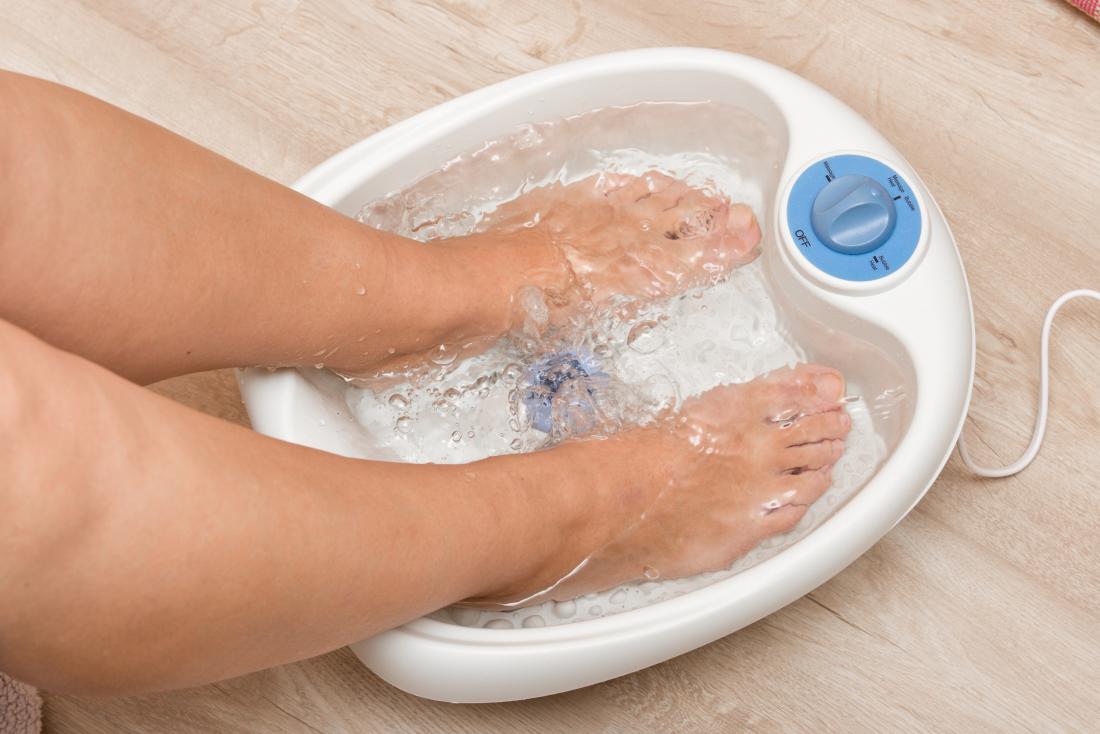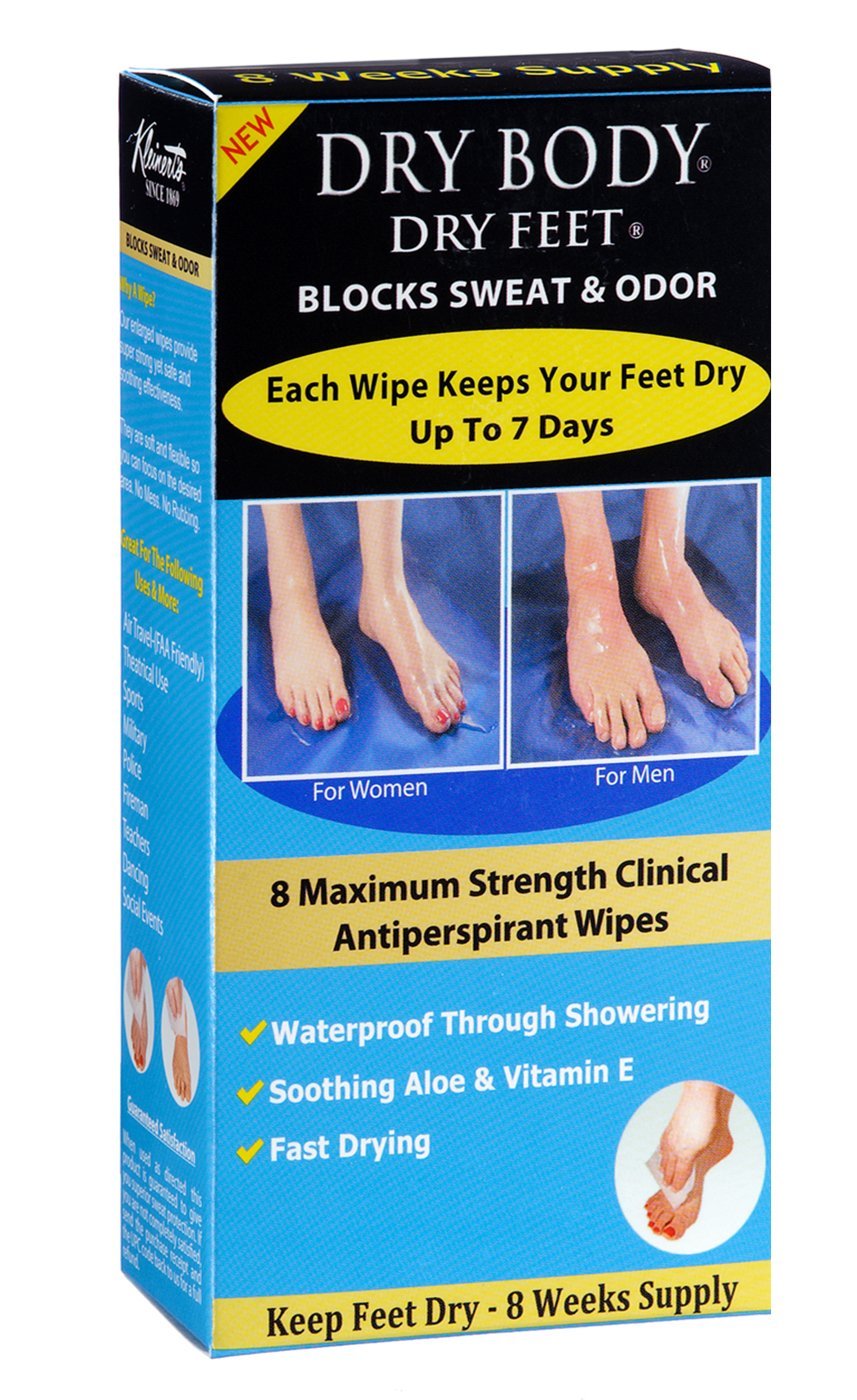How to Stop Sweaty Hands: Professional Dermatology Recommendations for Taking Care Of Excessive Sweating
How to Stop Sweaty Hands: Professional Dermatology Recommendations for Taking Care Of Excessive Sweating
Blog Article
Revealing the Intricacies of Excessive Sweating: A Comprehensive Overview to Diagnosis and Administration
Too much sweating, medically known as hyperhidrosis, is a condition that influences a substantial number of people and can have a profound influence on their top quality of life. While sweating is an all-natural physical function, its overactivity in hyperhidrosis offers an one-of-a-kind collection of difficulties that typically go past plain pain.

Recognizing Hyperhidrosis Causes
Hyperhidrosis triggers can be credited to different factors such as genetics, hormone imbalances, and certain medical conditions. Genetics play a significant duty in key focal hyperhidrosis, where people acquire the problem from their family members. This kind of hyperhidrosis usually materializes in certain areas like the palms, soles of the feet, underarms, and face. Hormone discrepancies, especially an over active thyroid gland or menopausal modifications, can likewise trigger too much sweating. Furthermore, certain clinical problems such as diabetes mellitus, cardiovascular disease, and infections can lead to secondary generalised hyperhidrosis. These underlying health concerns can disrupt the body's all-natural air conditioning system, creating the sweat glands to come to be over active. Understanding the source of hyperhidrosis is vital in identifying and effectively handling this condition. By determining the specific variables adding to too much sweating, doctor can tailor treatment strategies to deal with the underlying reason, offering relief and enhancing the lifestyle for individuals influenced by hyperhidrosis.
Acknowledging Hyperhidrosis Manifestations

Additionally, hyperhidrosis signs might show up in psychological and social distress, as individuals might really feel ashamed or nervous about their sweating, bring about evasion of social situations (Sweaty hands treatment). Furthermore, repeated episodes of too much sweating can lead to skin maceration, fungal infections, and a general decrease in self-confidence
Diagnostic Process for Hyperhidrosis
Starting the diagnostic process for extreme sweating involves thorough evaluation of the person's case history and checkup. Asking about the start, duration, and sets off of sweating episodes is essential to differentiate between key focal hyperhidrosis and additional generalised hyperhidrosis. Clinical history must also consist of questions about medications, medical problems, and family background of hyperhidrosis.
Throughout the physical exam, certain attention is paid to the locations influenced by sweating. The healthcare carrier may assess the degree of sweating, look for indicators of underlying conditions, and examine navigate to these guys the impact of sweating on the person's lifestyle. Furthermore, particular examinations like the gravimetric test, starch-iodine examination, or our website skin conductance dimensions may be conducted to measure the quantity of sweat created.
Additionally, in situations where second hyperhidrosis is presumed, additional examinations such as blood examinations, urine tests, and imaging research studies might be recommended to identify the underlying source of excessive sweating. The diagnostic process intends to accurately determine the type and root cause of hyperhidrosis to guide appropriate monitoring strategies.
Treatment Choices for Hyperhidrosis
When resolving too much sweating, various therapy options are available to minimize symptoms and improve the individual's quality of life. The therapy technique for hyperhidrosis relies on the extent of signs and the patient's response to first therapies.
Topical therapies, such as aluminum-based antiperspirants, are frequently recommended as the first line of protection for managing moderate cases of hyperhidrosis. For people with more extreme signs and symptoms, oral medications like anticholinergics might be prescribed to assist reduce sweating.

Effective Management Methods
To properly manage hyperhidrosis, a detailed and individualized treatment strategy customized to the client's particular demands and response to previous treatments is essential. Iontophoresis, including the usage of a reduced electrical current to lower sweat gland activity, can be useful for both palmoplantar and axillary hyperhidrosis. A multidisciplinary strategy involving dermatologists, main treatment physicians, and, if required, doctors, can optimize the management of hyperhidrosis.
Final Thought
In final thought, hyperhidrosis is a problem defined by excessive sweating, which can significantly influence a person's high quality of life. With appropriate diagnosis and management methods, individuals experiencing from hyperhidrosis can find alleviation and boost their overall health.
Too much sweating, clinically known as hyperhidrosis, is a problem that impacts a substantial number of individuals and can have a profound impact on their high quality of life. By determining the certain elements adding to Bonuses excessive sweating, healthcare carriers can tailor treatment plans to deal with the underlying cause, supplying relief and enhancing the high quality of life for people influenced by hyperhidrosis.
Hyperhidrosis, identified by too much sweating beyond what is needed for controling body temperature level, can substantially affect a person's high quality of life. Asking regarding the start, duration, and sets off of sweating episodes is important to separate in between primary focal hyperhidrosis and secondary generalized hyperhidrosis. How to stop sweaty hands.In verdict, hyperhidrosis is a problem identified by too much sweating, which can significantly impact a person's top quality of life
Report this page